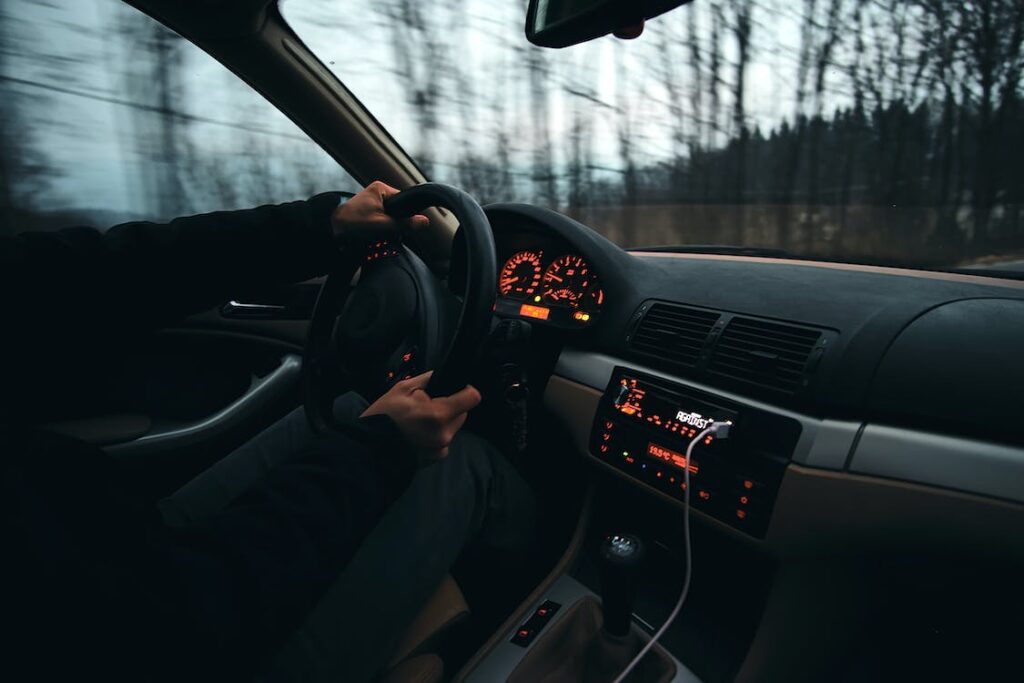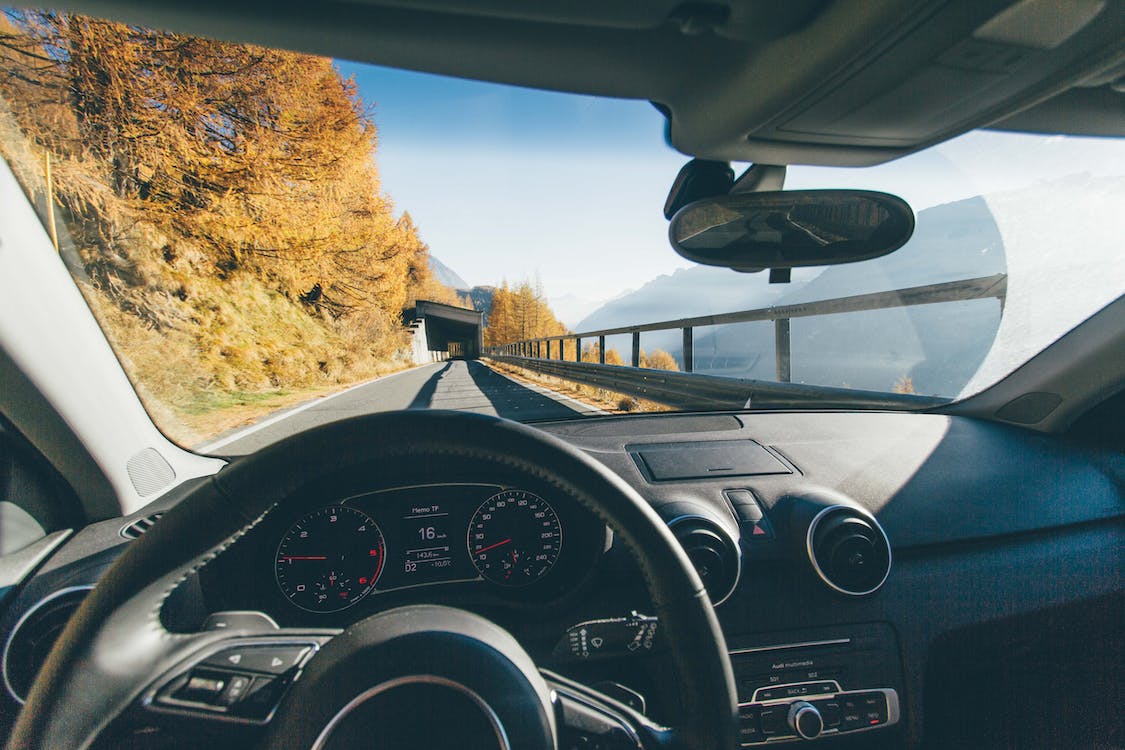Introduction
Driving is a significant part of our lives, providing convenience and freedom. However, it also comes with responsibilities, and ensuring your safety, as well as the safety of others on the road, should always be a top priority. By following these ten essential tips for safer driving, you can significantly reduce the risk of accidents and promote a more secure driving experience. You will also make the road safer for all people driving in Arizona.
We have just too many severe car accidents in Arizona along with wrongful death cases. Last year the Tucson Police Department called Tucson the deadliest year in terms of car accidents. Too many people die and too many people are seriously injured and all of these accidents can be avoided.
Observe Traffic Laws:
Adhering to traffic laws is crucial for safe driving. Respect speed limits, traffic signals, stop signs, and lane markings. Remember, traffic rules are designed to protect everyone on the road, and following them will help prevent collisions.
Avoid Distractions:
Distracted driving is a leading cause of accidents. Keep your attention focused on the road by avoiding activities like texting, eating, or adjusting the radio while driving. If necessary, use hands-free devices for phone calls and keep distractions to a minimum.
Maintain a Safe Distance:
Always maintain a safe distance from the vehicle in front of you. This will provide you with enough time to react and stop if the need arises. The general rule is to stay at least three seconds behind the car in front of you, increasing the distance in adverse weather conditions.
Use Turn Signals:
Using your turn signals is a simple yet essential practice that ensures the safety of both you and other drivers. Signaling your intentions in advance allows other drivers to anticipate your moves, reducing the risk of accidents and promoting a smooth flow of traffic.
Check Blind Spots:
Before changing lanes or making a turn, always check your blind spots. Mirrors can have limitations, so turn your head and glance over your shoulder to ensure no vehicles or motorcycles are in your blind spots. This extra step can prevent potentially dangerous collisions.
Don’t Drink and Drive:
Never get behind the wheel if you’ve consumed alcohol or any other impairing substances. Intoxication significantly affects your judgment, coordination, and reaction time. Plan ahead and designate a sober driver, use public transportation, or arrange for a ride-sharing service to ensure everyone’s safety.
Follow Road Signs and Conditions:
Pay close attention to road signs, warnings, and conditions. Adjust your driving accordingly in adverse weather, construction zones, or areas with heavy pedestrian traffic. Adapting your speed and being aware of your surroundings can help you navigate potential hazards effectively.
Wear Seat Belts:
Always wear your seat belt and ensure that all passengers are buckled up as well. Seat belts are the primary safety measure that can significantly reduce the risk of injury or fatality in the event of an accident. Make it a habit to fasten your seat belt before starting the engine.
Practice Defensive Driving:
Be a defensive driver by anticipating the actions of others and staying alert to potential hazards. Avoid aggressive behaviors such as tailgating, excessive speeding, or weaving through traffic. Maintaining a calm and focused mindset will help you make better decisions on the road.
Regular Vehicle Maintenance:
Keep your vehicle in good condition by following the recommended maintenance schedule. Regularly check your tires, brakes, headlights, and fluid levels. A well-maintained vehicle ensures optimal performance and reduces the likelihood of unexpected mechanical failures while driving.

Conclusion
Safe driving is not just about protecting yourself but also ensuring the safety of others on the road. By incorporating these ten essential tips into your driving habits, you can contribute to a safer driving environment. Remember, responsible and defensive driving practices are the keys to preventing accidents and enjoying a secure journey every time you hit the road. Stay alert, be cautious, and make safety a priority.
